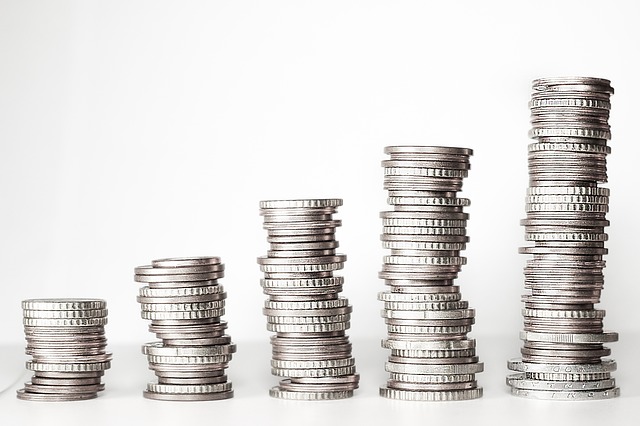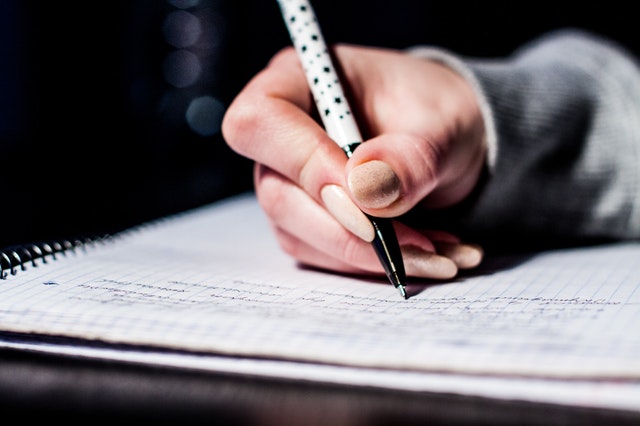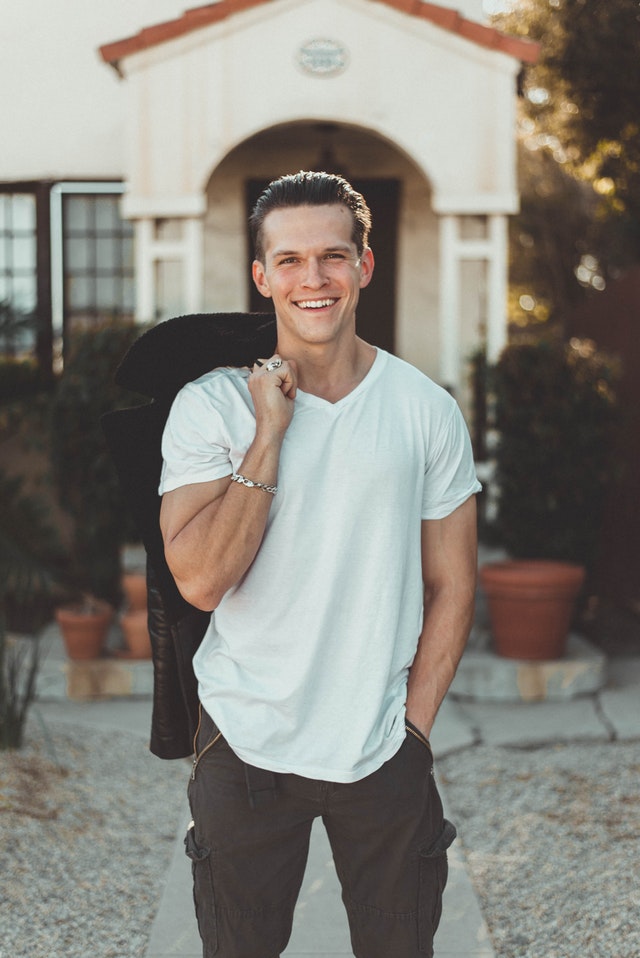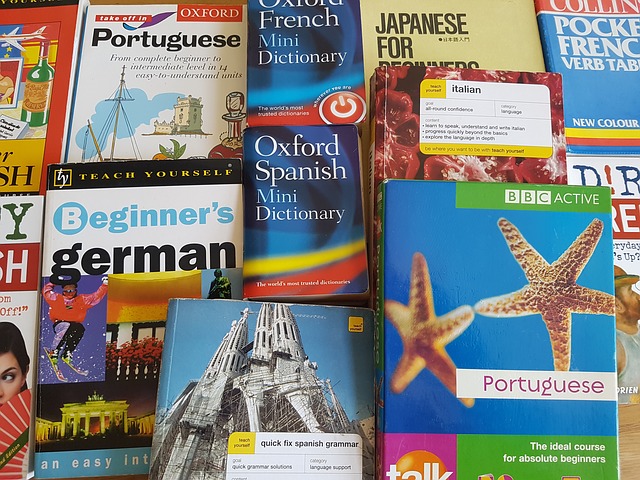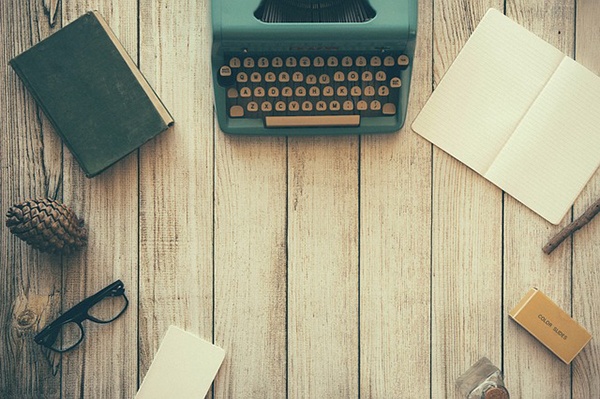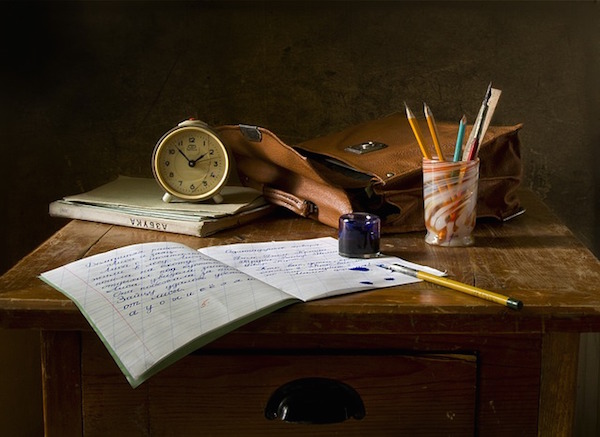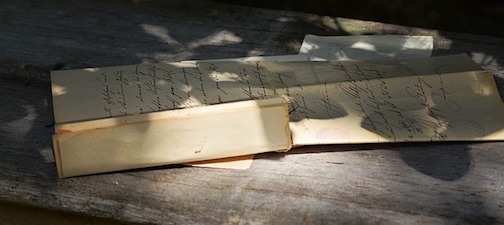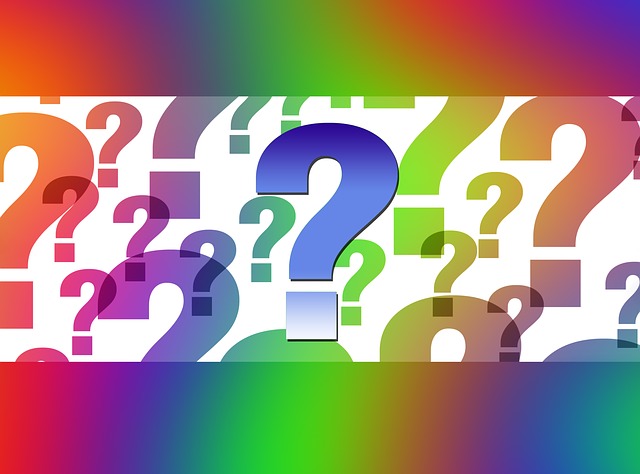There's a lot of pressure in high school to prepare for the future, but between classes, extracurriculars, and trying to have a social life, thinking about what comes after high school can feel like being told to climb a mountain with no help.
Instead of fixating on the future, success in high school means thinking about what you can do now. Being on top of things in high school is a great foundation for success in the future.
But what does being successful mean? How can you get started today? What should you worry about, and what should you let slide?
This guide will help you learn how to be successful in high school no matter where you are in your education. With tips and goals to strive for, you'll be prepared for the future at any point in high school—it's never too late to start getting a plan together.





